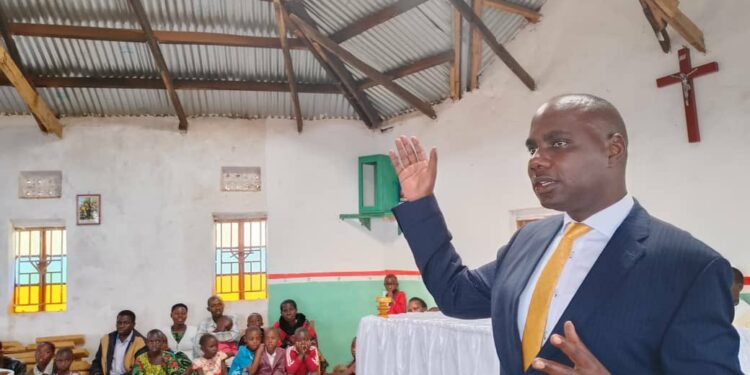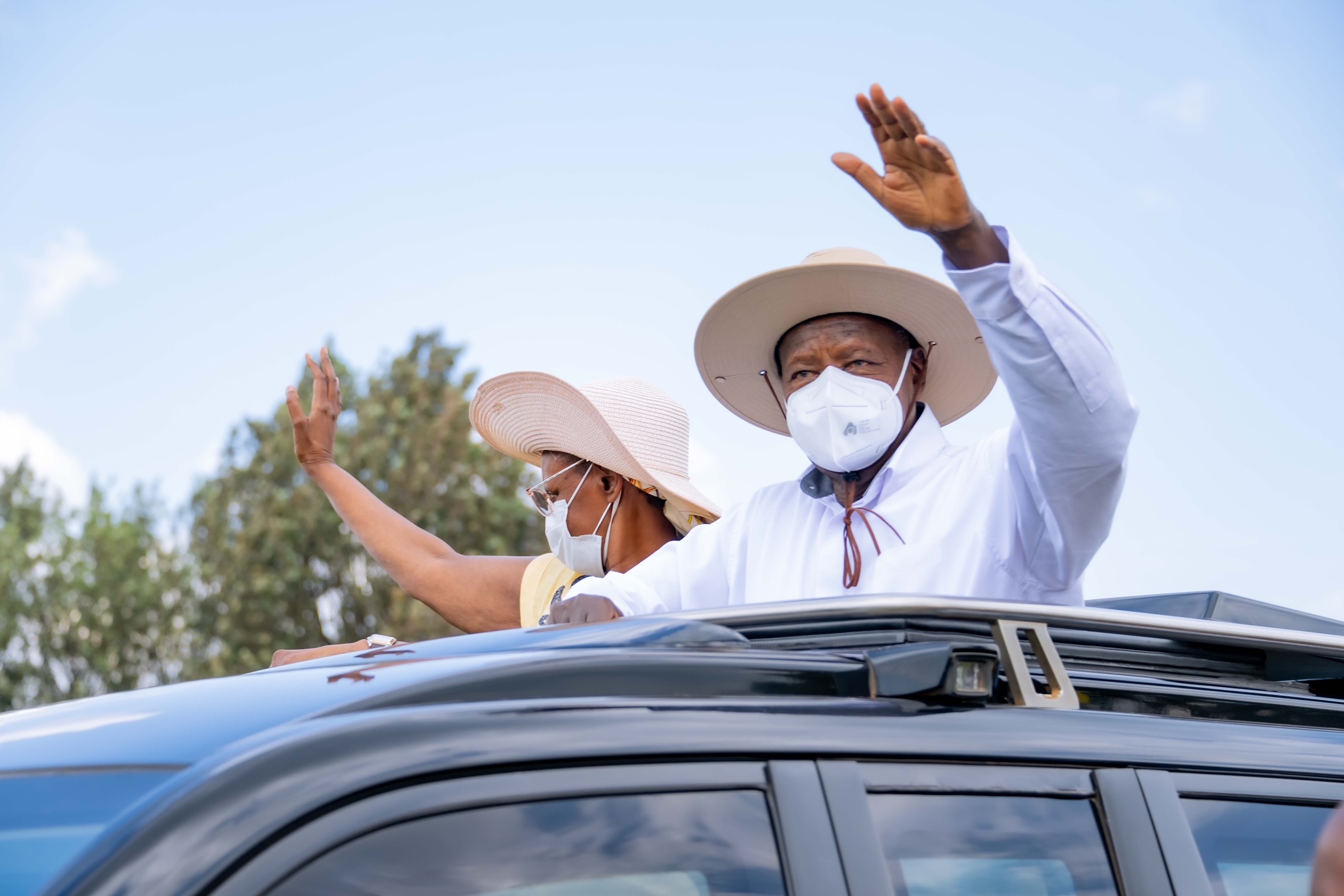
The Ugandan government has announced a significant increase in funding for its Parish Development Model (PDM), which aims to promote economic growth at the grassroots level and expedite the eradication of poverty.
The government intends to double the present Parish Development Model funds from Shs100 million to Shs200 million each parish, according to Hon. Henry Musasizi, State Minister of Finance, Planning, and Economic Development.
This substantial increase is intended to combat the rising rates of poverty, especially in rural and sub-regional communities like Kigezi that have been facing rising rates of poverty.
President Yoweri Museveni introduced the government’s Parish Development Model in February 2022 as a component of a larger plan to lower poverty throughout Uganda and incorporate the country’s predominantly subsistence farming populace into the official economy.
Since the majority of people in the nation live in parishes, the program focuses on offering focused support there. It is seen as the government’s last resort to end poverty and is essential to reaching the nation’s objectives for socioeconomic growth.
Musasizi voiced concerns about the growing poverty in the Kigezi Sub-region, pointing out that poverty in Kigezi had increased by 20.1% while the national poverty rate had gone from 24% to 27%.
He underlined how urgently communities and local authorities must work together to fight poverty. Speaking at the 2024 Bishop’s Annual Appeal Fund (BAAF) in Kabale, he emphasized the vital role that local leadership plays in fostering development.
Particularly, household-level poverty reduction initiatives will be the focus of the expanded PDM funding.
By assisting smallholder farmers and promoting economic endeavors including value chain development, processing, and commercial agriculture, the goal is to raise household incomes. Musasizi called on communities and leaders to support government initiatives like PDM and Emyooga, which are intended to increase income generation, profitability, and productivity.
This program follows a number of earlier government initiatives to combat poverty, such as Operation Wealth Creation and the Youth Livelihood Program.
However, maintaining the effects of these programs has been difficult for Uganda. PDM is promoted as the most promising way to get Uganda’s 17.5 million impoverished citizens into the financial system. Through investments in financial inclusion, infrastructure, and the production and processing of essential commodities, the initiative seeks to lower income disparity and poverty.
Coffee, tea, maize, rice, dairy, and cotton are among the 18 key commodities that the government has designated for development under PDM. It is anticipated that these goods will boost local economic expansion and raise rural residents’ standard of living. In order to better their standard of living, Minister Musasizi urged people to concentrate on income-generating endeavors, echoing the president’s demand for commercial agriculture.
Production and processing, infrastructure and economic services, financial inclusion, social services, community data, governance and administration, and attitude transformation are the seven main pillars that support the Parish Development Model. With an emphasis on quantifiable outcomes at the parish level, the approach promotes cooperation between public and private sector actors to guarantee sustainable development.
With more than 10,000 parishes throughout Uganda, each with a population of 450–30,000, the PDM is being praised as an all-encompassing approach to addressing poverty from the ground up. With 15.6 million people living in food insecurity in Uganda, the PDM is viewed as a last-mile solution to guarantee that resources and services reach the most vulnerable groups.
The PDM is anticipated to address economic disparity and help the nation reach its 18.5% poverty reduction goal as part of the larger National Development Plan. Even if the government is still hopeful, it is obvious that consistent work and community involvement are crucial to the accomplishment of this large-scale campaign to eradicate poverty.



